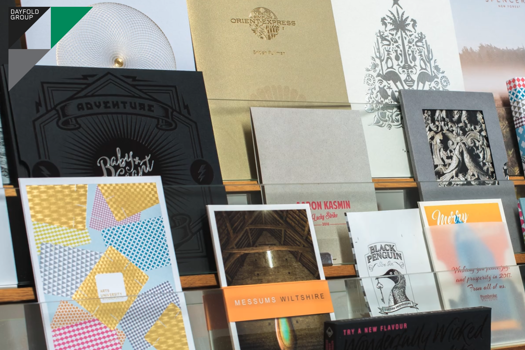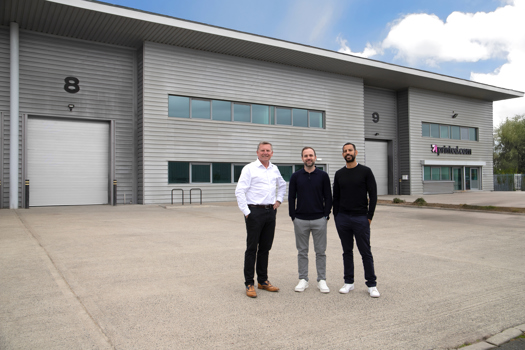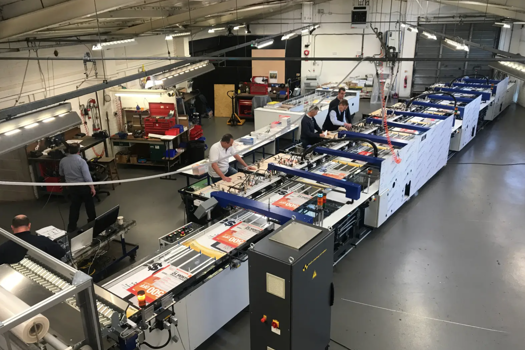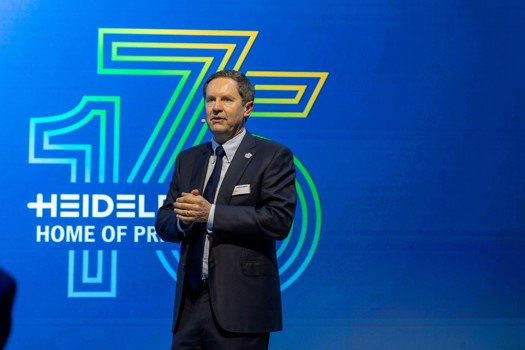Konica Minolta's stake in MGI is valued at €13.7m (£11.2m), with the investment taking the form of a reserved capital increase, the funds from which will be used to drive future growth.
In a joint statement the two companies said that their new alliance would include co-development and co-marketing of existing and future products and that both companies would "devote their best efforts to expand sales of existing and new products".
In practice this will not involve the cross-selling of one anothers products but rather the referral of relevant customers to the existing distribution partner.
The initially focus of this sales drive would appear to be MGI's Meteor digital press line (the only product specifically named in the statement) which is based on a Konica Minolta print engine but includes significant amounts of MGI's proprietary technology.
This has had the effect of turning it into a much more flexible machine, capable of printing on a wider range of substrates - including paper, plastics and envelopes; a wider range of formats - from 100x148mm up to 330x1,020mm; and at a higher quality - comparable with HP Indigo.
As such the Meteor DP8700XL and the Bizhub Press C8000e on which it is based are not actually competing products. In addition to the technological differences, the MGI machine does not use a click charge, opening up the option of printing things like envelopes which would otherwise be too expensive.
Konica Minolta cited MGI's "expertise in digital printing" and its "capacity to innovate" as motivating factors in the deal, while MGI hopes to benefit from the additional exposure it will get via Konica Minolta's global network and brand reputation.
Edmond Abergel, chief executive and chairman of MGI, said: "We are very happy and proud that Konica Minolta recognizes our accomplishments and our unique capacity to innovate. This strategic alliance will be the basis for the development of tomorrow's innovative digital solutions."
Another area of potential interest will be in the two companies' fledgling inkjet offerings, where both are about to launch B2 sheetfed presses, running at similar speeds, the same 1,200dpi resolution and both using UV-cured inks.
Konica Minolta's press, the KM-1 (developed in partnership with Komori, which supplied the chassis and will also sell the press under it's own brand as the IS29) is a 3,300sph simplex (1,650sph duplex) four-colour machine (although five and six-colour versions are planned).
Meanwhile, MGI's Alphajet - shown as a concept at Drupa - is a 3,000sph simplex machine (duplex is planned but speed hasn't been confirmed), capable of printing up to six colours including an in-line white and UV coat.
MGI said that it was targeting a different profile of customer with its B2 inkjet machine than Konica - for instance it will target packaging customers with the Alphajet - so it did not envisage much crossover, although there is the possibility Konica could licence some of its technology.










